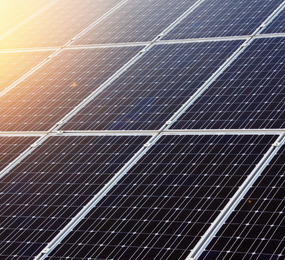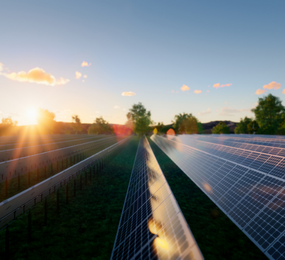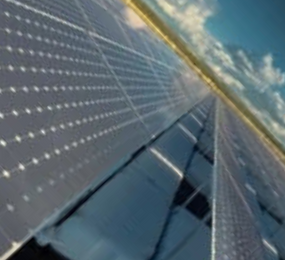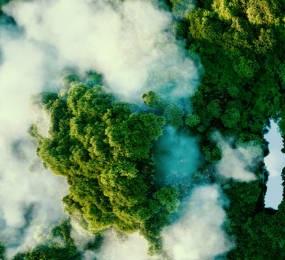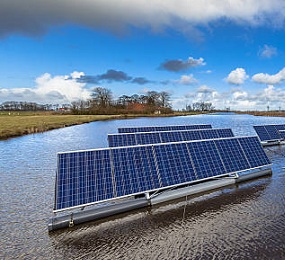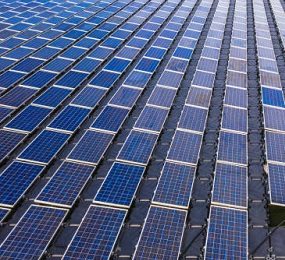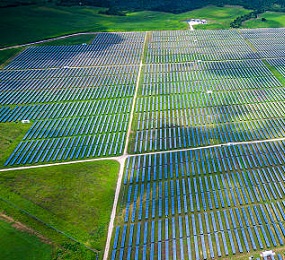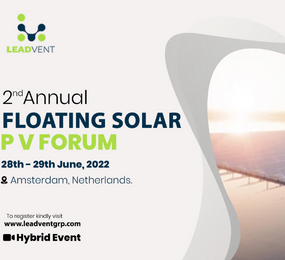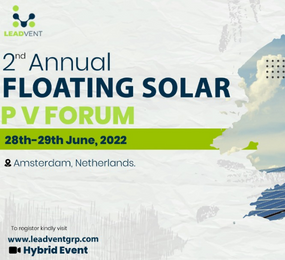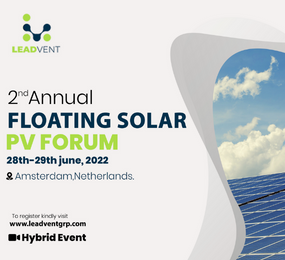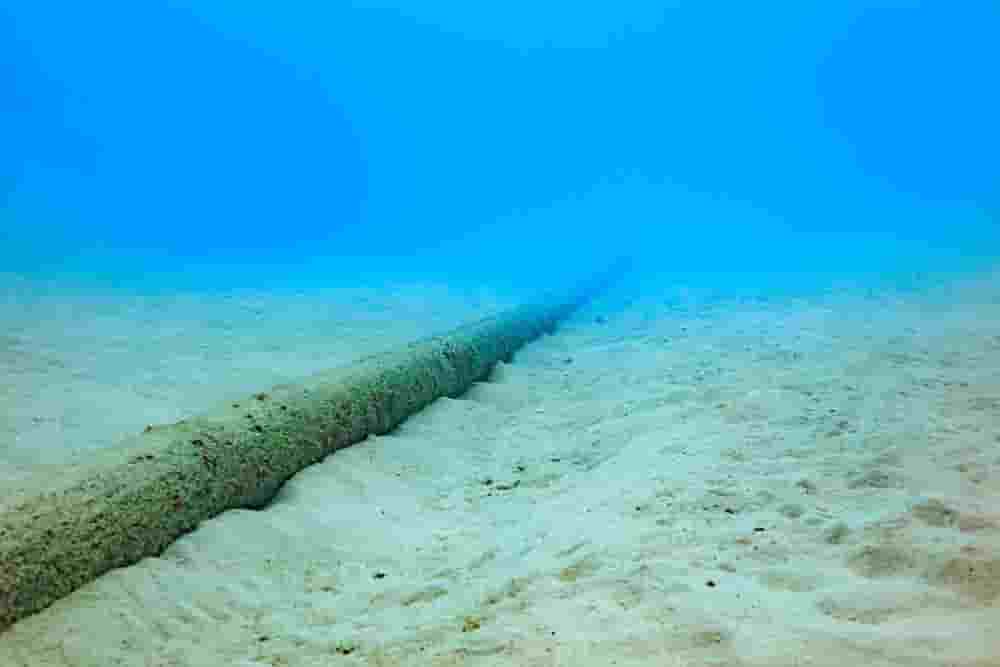Over the recent years renewable energy such as solar and wind powered electrical generation have seen significant growth. Although floating solar panels are a cutting-edge alternative technology to fossil fuels for energy production, little is known about how this technology would affect the environment. The fundamental distinction between floating solar panels and conventional solar panels is that floating solar panels are installed on water instead of on land, typically in inland water reservoirs.
Solar panels use the photovoltaic process to produce electricity from sunlight; as no combustion reaction is used to produce the power and no CO2 is emitted as a result, this technology is considered to be one of the "clean" energies.
The solar panels and a central inverter are often erected on floating platforms at the surface of a water body and are connected by cables to the anchoring points at the bed of the water body.
Two important environmental factors that specifically concern floating-solar technology are the sunlight and gas-exchange blocking impacts that a substantial deployment of floating solar arrays will pose to the aquatic ecosystem.
In addition to being a trigger for daily and seasonal physiological cycles in both plants and animals, light is necessary for photosynthesis in plants. Furthermore, since autotrophic organisms—which are at the base of the trophic chain—use light as their main source of energy, light plays a crucial role in the sustainability of food webs. Additionally, sunlight affects the temperature of the water, which is another crucial component of an aquatic environment.
Another crucial element for the preservation of aquatic ecosystems is gas exchange, which occurs between the water-air interphase and involves the interchange of gases like oxygen, carbon dioxide, water evaporation, and other volatile substances. For instance, oxygen is an essential component of all aerobic creatures (which make up the bulk of freshwater species), and it is taken in through atmospheric diffusion and released by photosynthetic organisms. Light and carbon dioxide are key aspects for photosynthesis.
The current research provides good insight into the environmental impacts of Floating-PV, but continuous research is needed to map out a complete picture for the future.
Join us on 27th - 28th June, 2023 for the 3rd Annual Floating Solar PV Forum, in Amsterdam Netherlands so you don't feel left out in the industry!
To register or learn more about the Forum please check here: https://bit.ly/3zVvdfN
For more information and group participation, contact us: [email protected]


